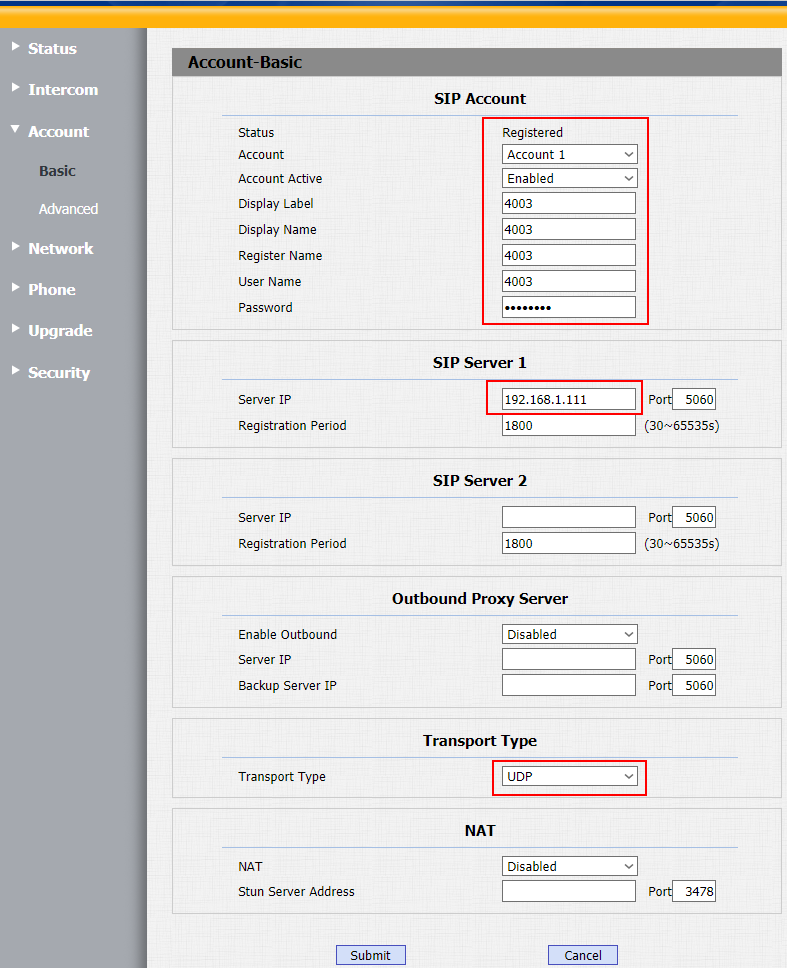Your comments
Добрый день!
Понимаю желание уменьшить количество точек отказа, но на данный момент такой возможности нет. Не рекомендуем нагружать железку дополнительным ПО.
I think it is better to ask this question to the manufacturer's representatives in your local market.
I think you can, but you need to configure your local server to send PUSH notifications to "wake up" the panel when you call. Our documentation contains examples of settings for some types of servers.
It seems to me that there is a misunderstanding.
How does SIP intercom works:
1. There is a SIP server (often it is inside an SIP intercom, but it can also be a separate SOFT (3CX, PBX, Asterisk etc). We do not supply a SIP server, but work with any SIP-compatible server.
2. There is a SIP intercom, which is a client of the server.
3. There is a SIP client (iRidium), which is also connected to the SIP server.
To work within the network, it is enough to use a server inside the intercom and connect iRidium to it.
To work via the Internet, it is necessary that the SIP server is accessible from the Internet, therefore, a third-party separate software SIP server is usually used.
This is a question for the manufacturer of the device for setting up an external SIP server in a specific model.
Our instructions have this at the very beginning: https://dev.iridi.com/SIP_Akuvox/en

To work remotely:
1. It is required to make the SIP server accessible from the outside (port forwarding or cloud server).
2. Set up PUSH notifications, as I wrote to you above.
3. Configure the SIP intercom to work with an external SIP server.
Only in this case you will have a completely remote mode of operation with the SIP intercom.
In what part of this work do you need documentation?
You can use documentation https://dev.iridi.com/CloudPush/en#Setting_up_of_SIP_Intercom
1. You can use IR.Execute (https://dev.iridi.com/Systems_API/en#IR.Execute) for call to script.
2. This is bad idea, because it will be 6 different licenses (1 license = 1 server).
For shutdown command you should make a bash script with permissions.
I think you have now confused SSH and TELNET - these are different protocols
Customer support service by UserEcho


Hello
We do not have a command to restart the server.
If necessary, you can use IR.EXECUTE to run a script on the system that will perform the necessary actions.
The reboot command is platform dependent.